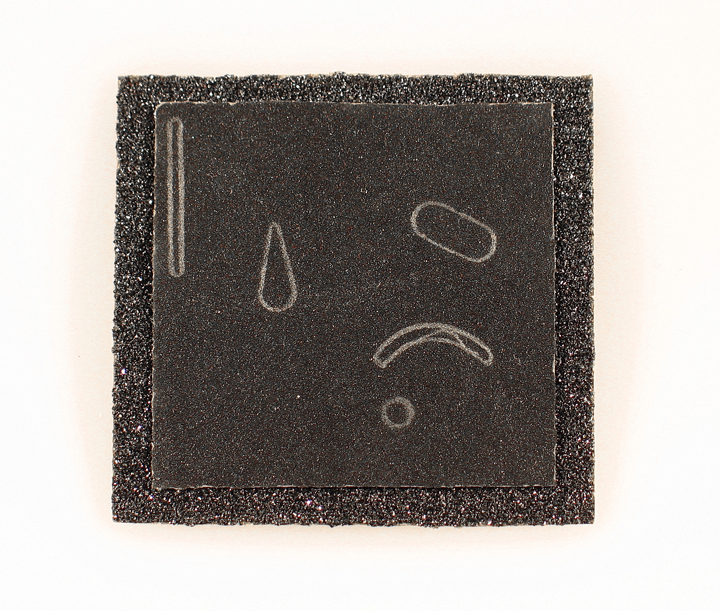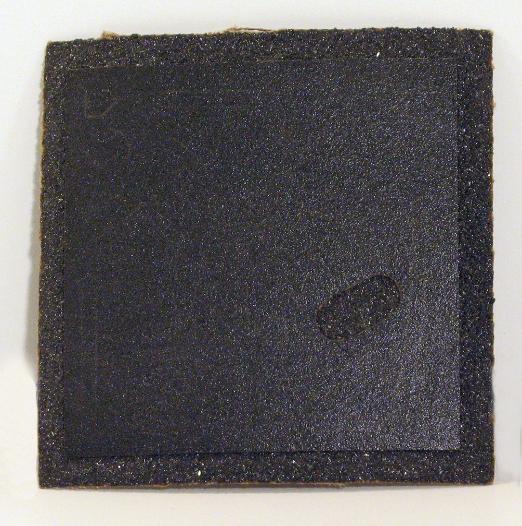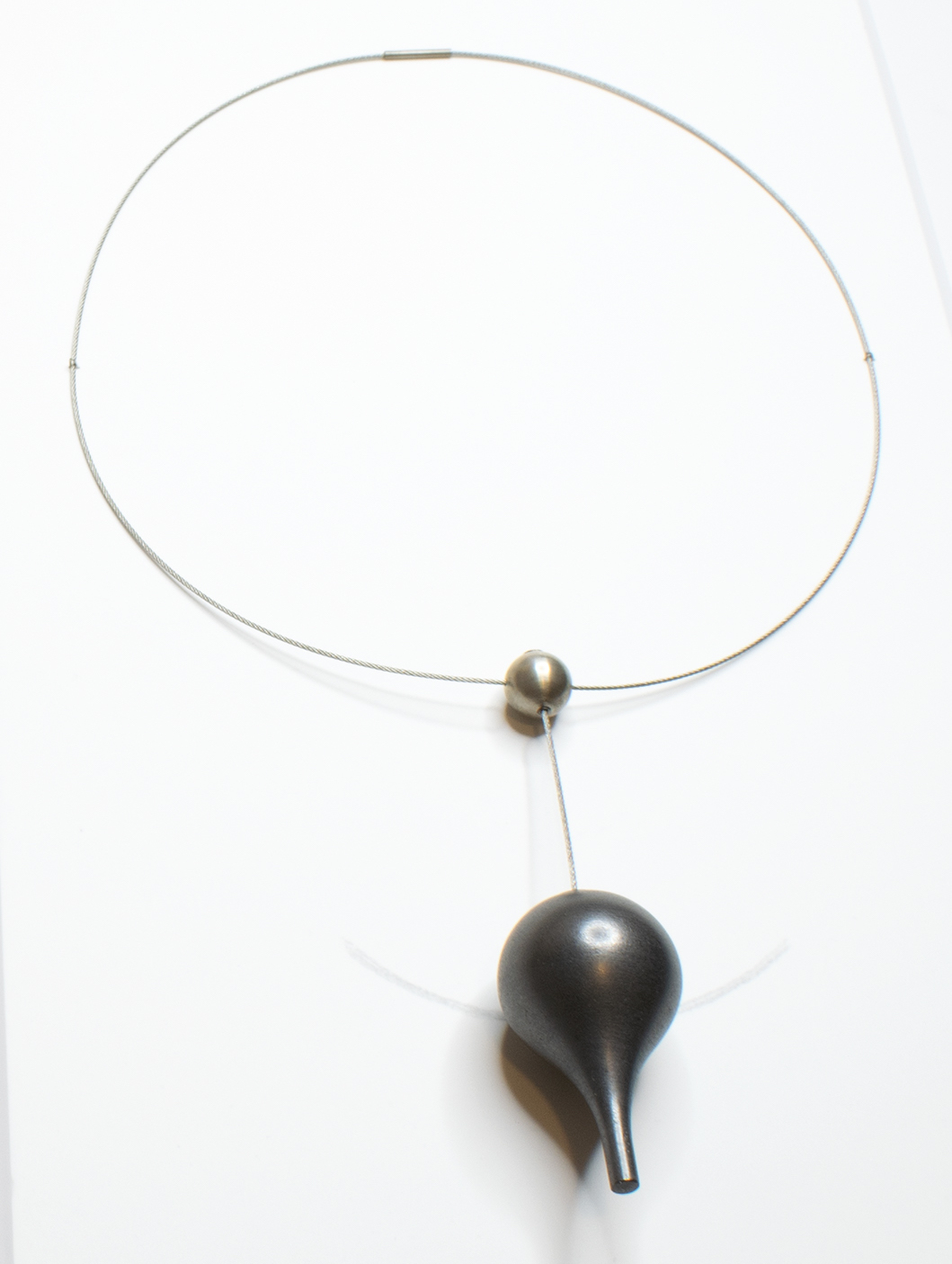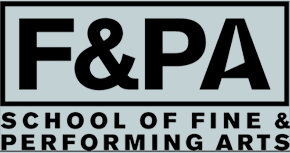Fresh Metals
These pieces playfully question the role that mark-making can occupy in works of art that are related to the body, and material hierarchies in the field of jewelry.

Gary S. Griffin, Untitled (from the series “Disposable Brooch”), 1983, sandpaper, platinum, gift of Myra Mimlitsch-Gray, 2005.059
As the wearer’s body moves, Parcher’s graphite pendant rubs on their clothes leaving a unique mark. This performative interaction emphasizes the intimate relationship between jewelry and the body. These three small squares of sandpaper feature the traces of a platinum stylus: does knowing that the drawings are made of platinum make Griffin’s brooches seem more beautiful or valuable to you?

Gary S. Griffin, Untitled (from the series “Disposable Brooch”), 1984, sandpaper, gift of Jamie Bennett, 2005.046.005
This work is in contrast to the large-scale, fuctional metal work that Griffin is best known for. As Artist-in-Residence and Head of the Metalsmithing Department at Cranbrook Academy of Art from 1984–2006, Griffin was influential in the education and mentorship of many prominent contemporary jewelers.
As the wearer's body moves, Joan Parcher's graphite pendant rubs on their clothes leaving a unique mark. This performative interaction emphasizes the intimate relationship between jewelry and the body. Parcher often collects fragments of etritus like rubber, graphite and mica, and transforms them using simple design elements such as circles and other geometric shapes in order to showcase their natural characteristics.

Joan A. Parcher, Graphite Pendulum/Pendant, 1992, graphite, sterling silver, stainless steel cable, gift of Zack Peabody, 2000.002.003
The pieces playfully question the role that mark-making can occupy in works of art that are related to the body, and material hierarchies in the field of jewelry.

